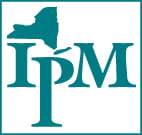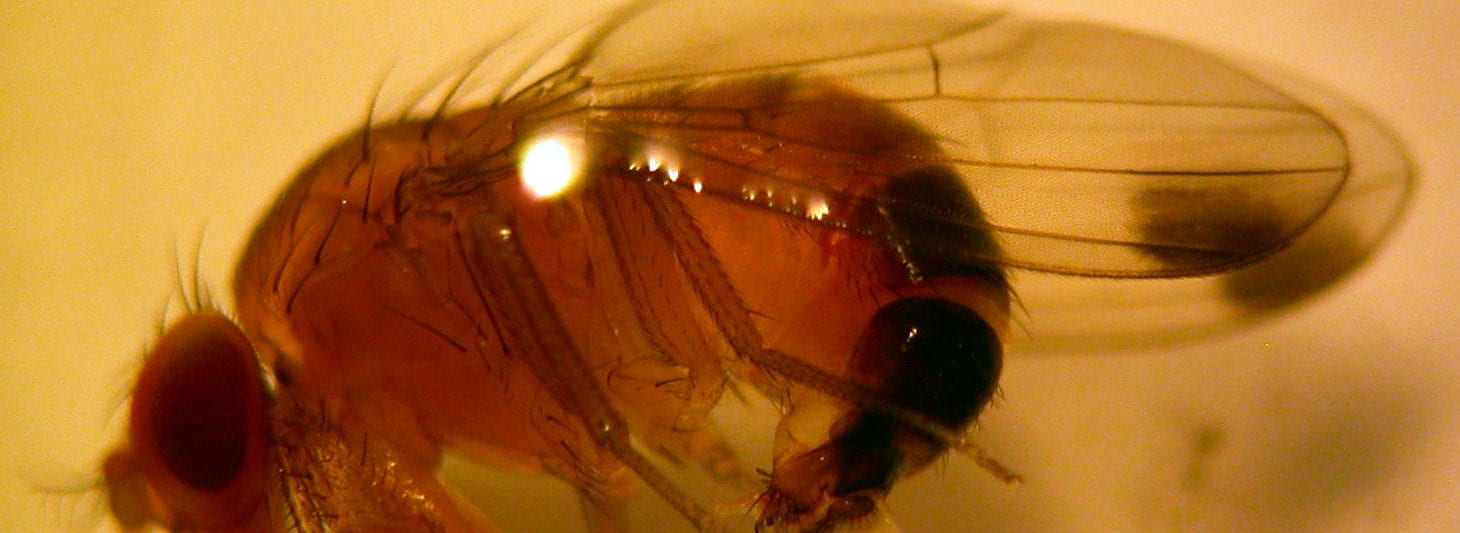As in "exclusion netting"...? Here are answers to growers' most frequently asked questions.
In organic and low spray vegetable production, insect exclusion netting, for many years, has successfully reduced or eliminated insect pest damage. The arrival of spotted wing drosophila (SWD) and the devastation it caused prompted immediate field research on this barrier method for berry crops. Since 2013, NY farmers, Cornell University and Cornell Cooperative Extension, have gathered field data on the effect of netting on SWD populations and the crop itself. You can read two Fruit Quarterly articles about this work:
Evaluation of Insect Exclusion and Mass Trapping as Cultural Controls of Spotted Wing Drosophila in Organic Blueberry Production 1
Using Insect Netting on Existing Bird Netting Support Systems to Exclude Spotted Wing Drosophila (SWD) from a Small Scale Commercial Highbush Blueberry Planting 2

Growers should keep in mind that no outcome in farming – from pest control tactics to markets – is guaranteed. Below we give straightforward answers, gleaned from seven years of experimenting with SWD exclusion netting, to your frequently asked questions.
What is exclusion netting?
Insect exclusion netting is woven from polyethylene yarn in a variety of weaves. Looser weaves are lighter and allow more air through, but the space between fibers allow smaller insects to pass through. In field trials 60 gram netting (mesh size 1.95 x 0.95 mm) did not exclude SWD. 80 gram netting (mesh size 1.0 x 0.6 mm) has repeatedly excluded SWD over several production seasons. There is an 85 gram netting available for situations that require additional durability – that weave will exclude SWD as well. Some manufacturers are selling 70 gram netting for SWD exclusion, however, none of the Cornell studies tested 70 gram netting in the field. The nets come in different widths and lengths depending on the manufacturer. Some manufacturers will sew panels together, some offer zippered panels etc.
Does it work?
The simple answer is YES! 100% exclusion of SWD can be achieved IF:
- nets are put up early, before SWD appears
- nets have no holes or gaps
- nets are managed and maintained effectively throughout the season
- and a well-designed entry way is used.
There is always a chance that SWD will get inside and it can be a problem requiring some sort of treatment. But, overall, our experience suggests this is uncommon when growers are diligent with their installation of exclusion netting. This means that pesticide sprays to control SWD and keep fruit clean will be dramatically reduced, and very possibly eliminated, by diligent use of exclusion netting.
Effectively managed exclusion netting will also provide 100% control of bird predation. Growers using the netting have also observed protection from hail, heavy rain and damaging winds. It cannot be overemphasized that, the management of the netting is important to achieving excellent crop protection results.

Is exclusion netting difficult to manage?
Difficult to answer. Depends on the individual farmer. Crop exclusion falls under the general category of protected culture – that is using physical structures and plastic or nets to protect crops from pests and weather instead of complete reliance on pesticides. There is no question that growing crops in any protected culture system from high and low tunnels to exclusion netting requires more attention to detail, a willingness to try something completely different, and commitment to successful adoption.
Netting is quite easy to put in place once the initial system has been designed. There are several ways to winterize the material. Remove it after fruiting to increase its longevity by protecting it from UV degradation.
For perennial crops, few “ready to use kits” exist, because the concept is so new – although that’s changing quickly! Cornell and the University of Vermont have created plans for exclusion net support systems and have spearheaded efforts to include exclusion netting systems in cost-share plan policies, similar to those for high tunnels.
Growers must consider their unique production requirements. You-pick farms need to consider customer access in and out of the exclusion netted field. Farmers may want to leave enough space to get mowers and other larger equipment under the net. If the farm is located in a very windy area support systems should reflect that reality.
How much does the exclusion system cost?
The netting support system will vary from one farm to the next until manufactured kits or standardized plans are created. The current estimate for purchasing netting and the support system, with labor for construction included, would be approximately $10,000 per acre. Given that netting will provide bird control, and the estimate for bird related loss is almost 1/3 of the crop, exclusion netting could be a great investment. The netting itself will last 7-10 years; the support system probably much longer.
Will exclusion netting impact my crop in unexpected ways?
The short answer – no, not that we can determine. After six seasons of netting a commercial blueberry planting in eastern NY, no negative impacts on the plants or the crop have been found associated with the netting. Indeed, anecdotally, netting may enhance blueberry productivity, although more research is needed. Results with raspberries in a high tunnel with netting applied to the tunnel sides and ends show promise – with the caveat for growers to increase the height of sidewalls, use fans and possibly shade cloth to prevent excess heat.

Is netting only useful for small acreages?
No. Exclusion netting can be used on all scales of plantings. The requirement being a commitment to using this technology combined with a market that will recoup the investment. Across the globe, protected systems like this are being used for very large acreages. Given the sizable investment for a large scale air-assisted sprayer, if exclusion netting allows a farmer to not have to make that investment – it might even be a savings.
Where can I get exclusion netting?
Berry Protection Solutions is the U.S. distributor for the product that Cornell has worked with. There are other products available from other farm supply distributors. More information on protected culture with links to suppliers, research papers and extension support can be found at the Tunnelberries website.
1 McDermott, L., L. Nickerson, New York Fruit Quarterly, Vol 22, Number 1. Spring 2014.
2 Riggs, D., G. Loeb, S. Hesler, L. McDermott, New York Fruit Quarterly, Vol 24, Number 2. Summer 2016.
This post was contributed by Laura McDermott, ENYCHP CCE, Greg Loeb, Entomology Cornell AgriTech, and Juliet Carroll, NYSIPM CCE.

